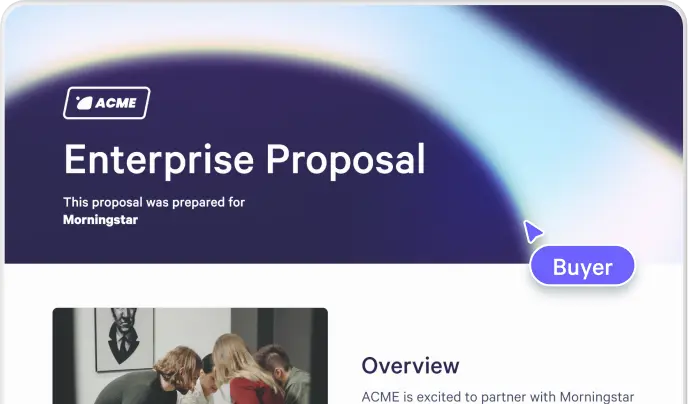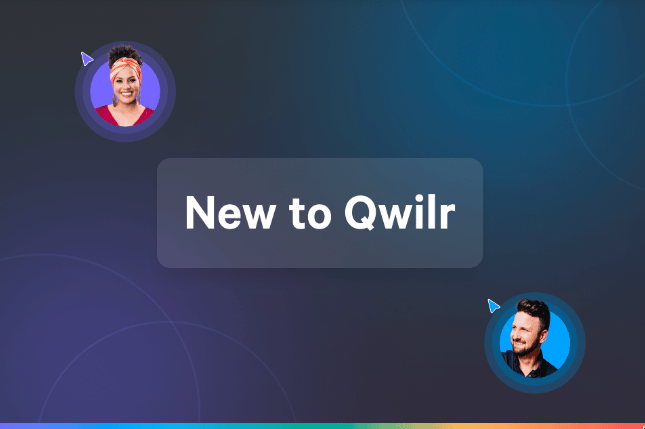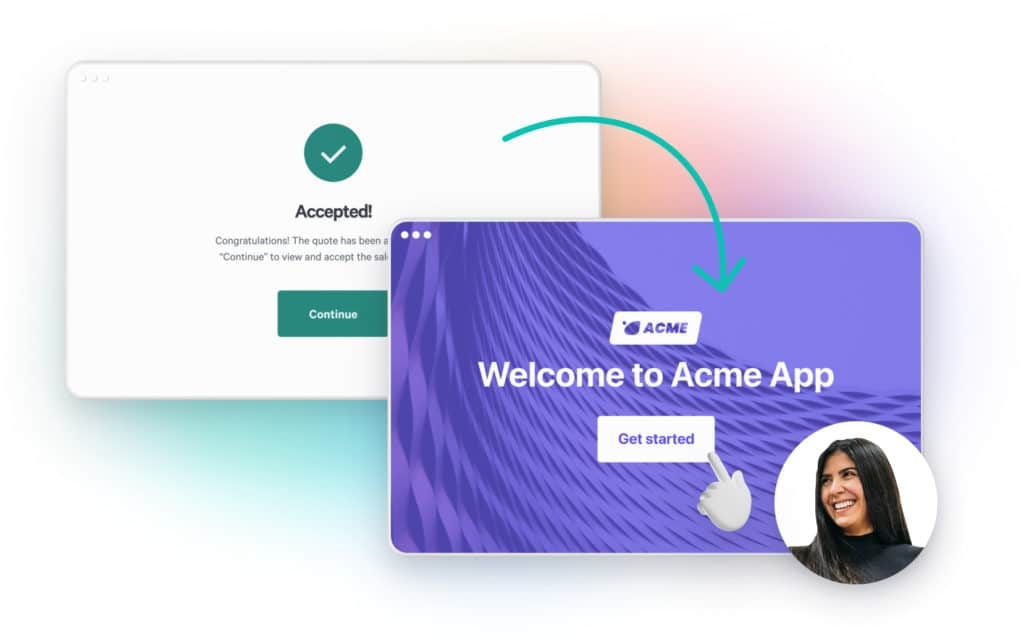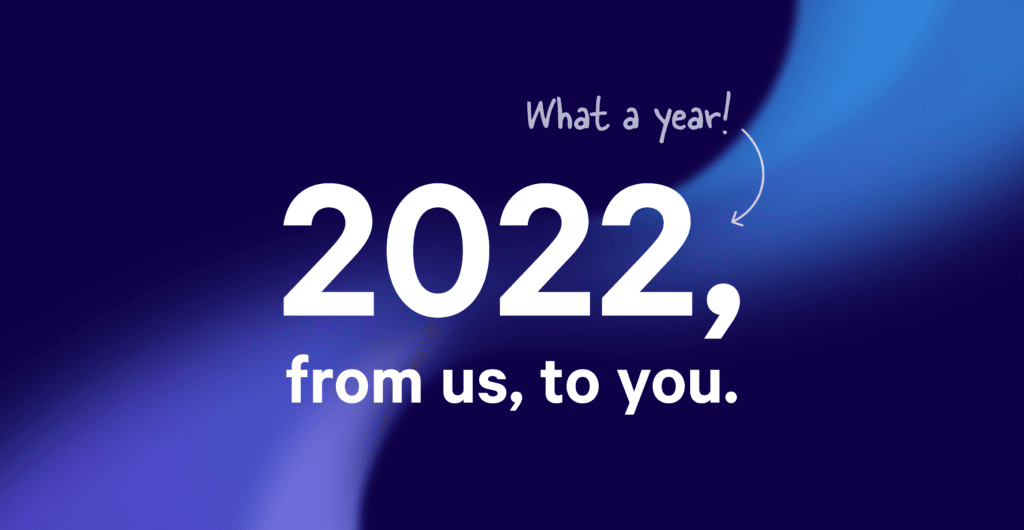
Now more than ever, sales teams are searching for ways to win more, with fewer resources. So it’s no wonder that “selling during a downturn” has been one of the most popular topics amongst sales communities in the last year.
While we’ve seen tech budgets freeze at many companies, sales leaders and RevOps are still seeking out tools to help improve productivity, automate what they can, and support their quests to meet lofty pipeline goals.
For us at Qwilr, against all odds, we’ve fortunately seen positive growth through a continued focus on shipping excellent features that help sales teams to be more efficient, improve predictability, and elevate the sales experience so that every interaction with their buyer counts.
In the current climate, focusing on what works, and the individual experience you deliver to each buyer matters. And this is how savvy teams continue to win during a downturn.
As a company we remain laser-focused on the experience we deliver to customers to help you wow your buyers time and again, and drive revenue with limited resources.
I think we’d all agree it’s been another challenging year. But at Qwilr, as we look forward to 2023, we’d like to reflect on what we’ve achieved in spite of those challenges. Here (in no particular order) are our Top 10 highlights for 2022 🙌
Helping more than 30,000 sellers craft a sales experience that drives revenue
This year we released features to help sales teams present their pricing, capture esignatures, a new way to collaborate on pages and more. If you didn’t have the time to read all our blog posts about what we’ve shipped this year, now’s your chance to play catch up.
1. Personalization made easy with Account Tokens
Being able to personalize proposals shouldn't require adding hundreds of new fields to your CRM, or even a CRM at all. In February 2022, we made it easy to add extra data to a page or proposal using Account Tokens to make every proposal more personalized.
2. A massive pricing upgrade in Qwilr
Transparent pricing was the flavour of 2022, with a number of upgrades to the pricing functionality within Qwilr. Customers now have a new pricing plan experience allowing sellers to put forward recommended plans, discounts, and optional extras to upsell. We also made key improvements to pricing accuracy when using Product Tokens from your CRM, and of course upgrades to the visual quote tables.
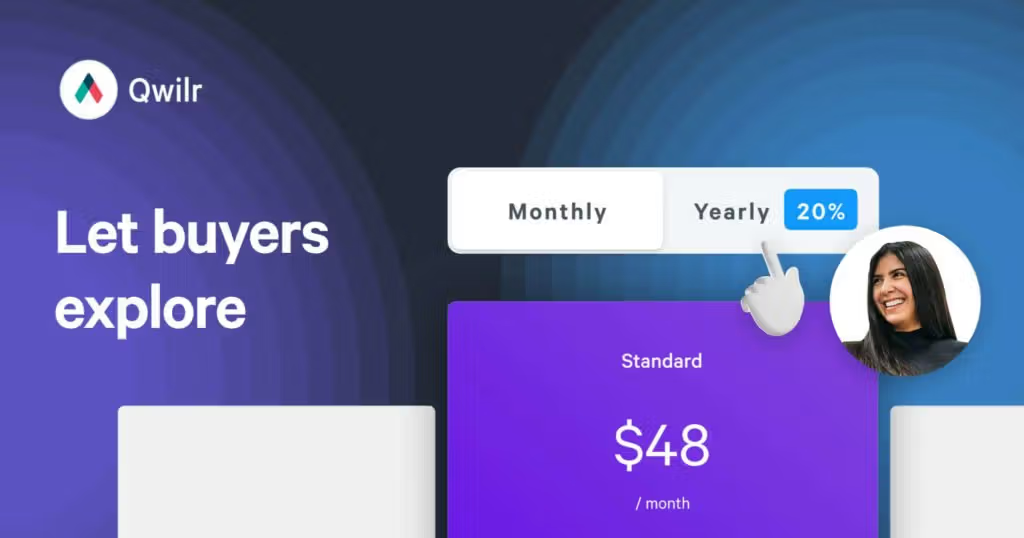
3. Guide your buyers to the next step
Driving the decision-making forward with your buyer is a key element of a modern sales approach. With Qwilr’s redirect feature, teams can direct buyers to the next step with a URL that points them to an onboarding page, a payment page, or even a personalized thank you page.
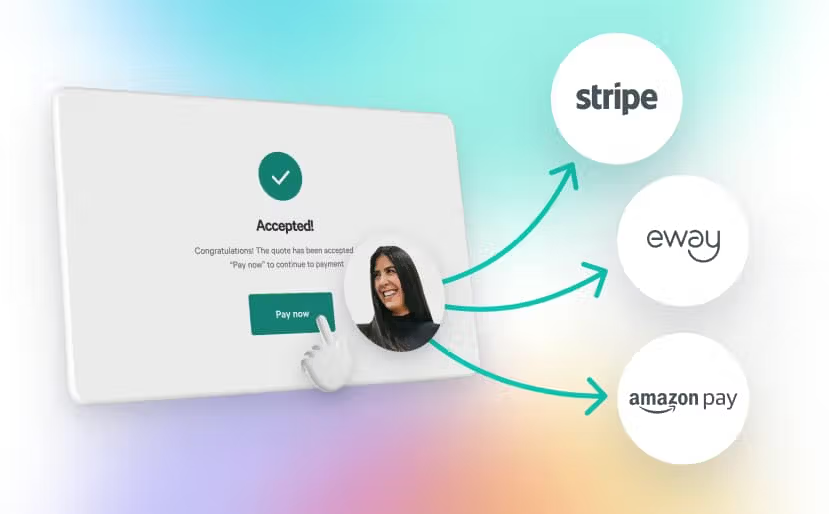
4. A new esign experience
Enabling buyers to accept and/or sign at any time is critical. So, in June 2022 we released an overhaul of our esign experience. We embedded esign into the Qwilr page, made tracking multiple signees easier, and added more flexibility to let buyers draw, type, or upload their signature.

5. Set a time frame on pages
In October, we released the ability to add a time frame for a page to be live with our new Link Expiry functionality. So now you can set and forget without worrying a page is out there in the wild, by having it automatically decline when the time frame expires.
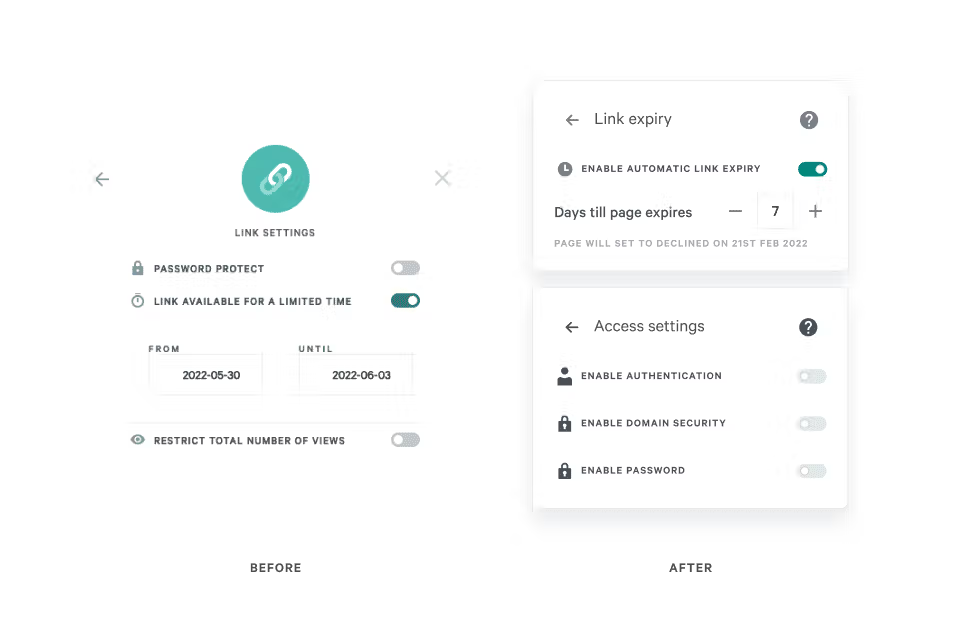
6. Template settings to drive consistency
The advantage of web-based pages is that you control what information your buyer has, and if that information can be shared with others. Enterprise accounts can apply settings to templates like an expiry timeframe, or add extra security through password protection or identity verification. By setting it at a template level, every page created follows a process.

7. Track closed won/lost and edit safely in draft
In October, we introduced two new page stages. Craft your page safely in draft, and if a deal falls through, mark it as Declined to clear out pipeline.
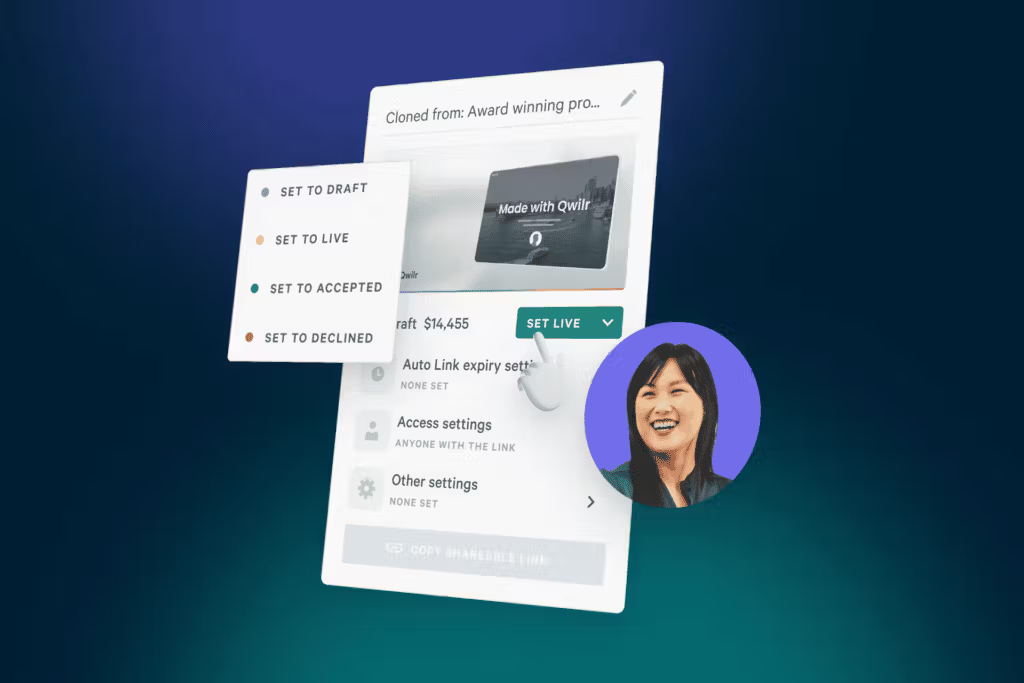
8. A new way to collaborate on pages
We introduced a new Collaborator Link, for teams to perfect pages together in draft format, without triggering analytics or notifications.
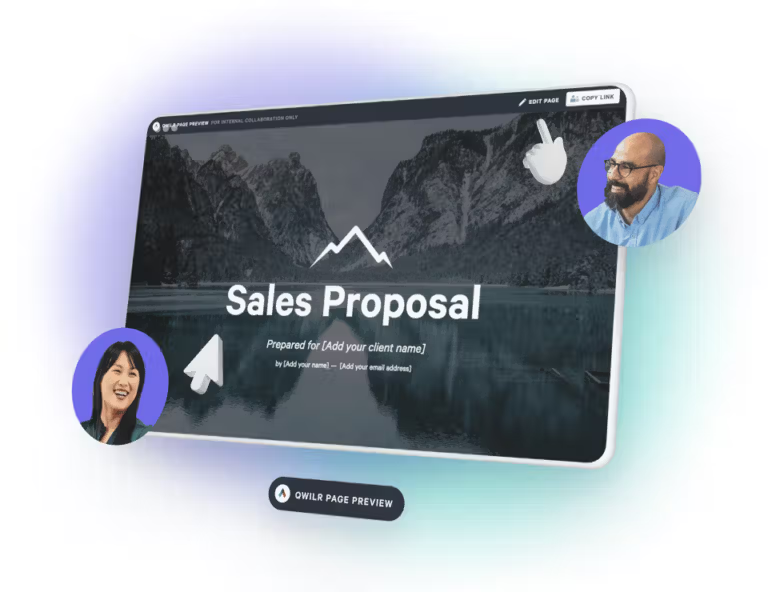
9. And…a new integration with Zoho CRM
Customers who use a CRM with Qwilr see a much greater time saving for their team. We’ve added to our integrations and now, within Qwilr or directly from Zoho, customers can create pages from templates to use for quotes, onboarding plans, proposals and more; with personalized data pulled directly from the Zoho CRM.
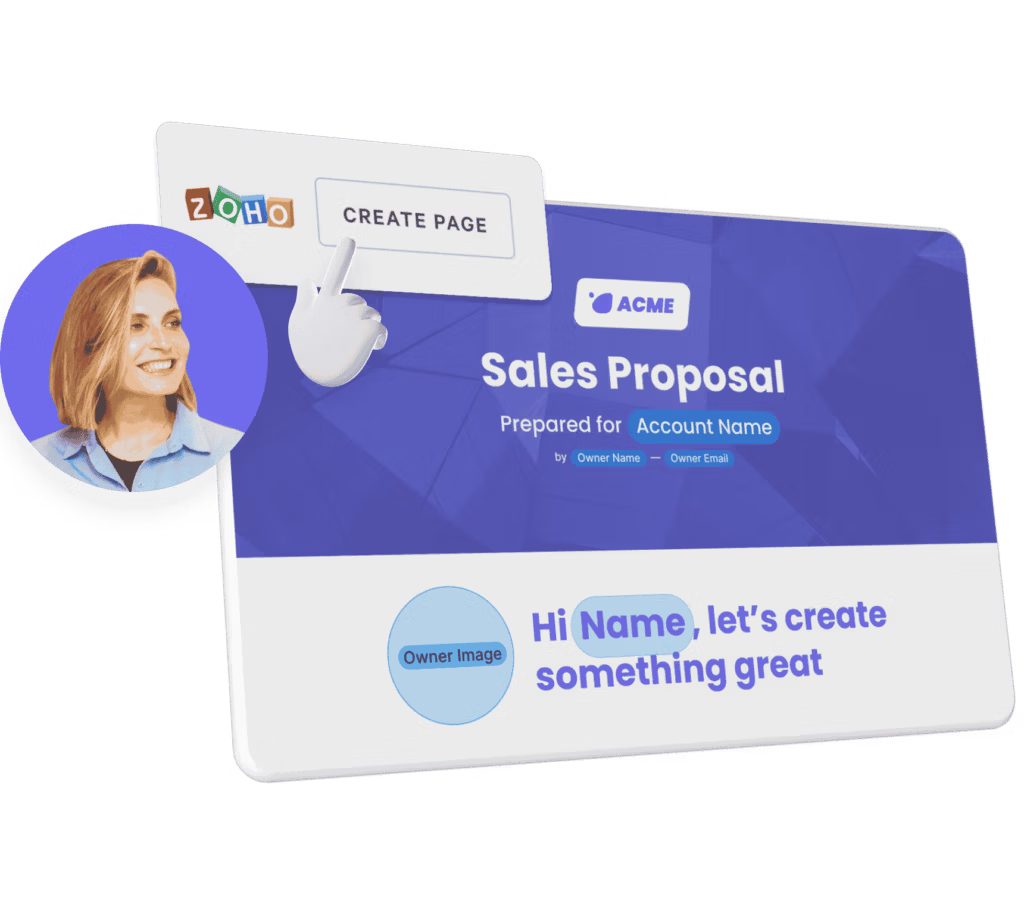
10. New resources for sales teams
We consider ourselves to be an extension of our customers, so we’ve produced a number of resources to support sales teams in improving efficiencies, win rates and reducing sales cycles:
Calculate your teams’ sales velocity
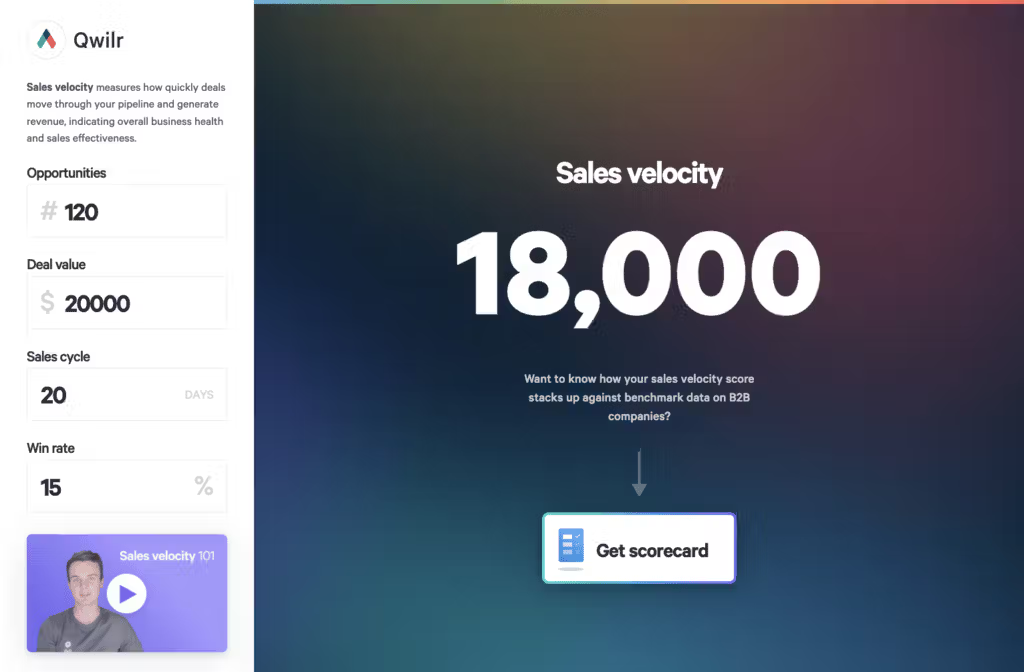
We recently launched a Sales Velocity Calculator. A tool to help you dynamically calculate sales velocity, without pulling out the spreadsheet.
New sales templates

The team worked on new stylish templates to enable sales teams, customer success teams, and marketing teams to showcase the best experience for buyers.
Check out what’s new:
- Digital sales room template
- Gap selling template
- Enterprise sales template
- Customer onboarding template
Plus more you’ll find on our template gallery.
Drive revenue with a sales experience

A new sales experience brief guiding sales teams on how to modernize and engage buyers in this new era of selling.
See you in 2023
Can you believe it’s nearly 2023? 🤯 Next year we’ll continue to invest in our integrations and connectivity to the systems you’re in every day, as well as enhancements to Qwilr’s analytics and insights you can extract from your pages (and we can’t wait to show you). Stay tuned!
Your ideas and feedback help make Qwilr what it is, so as always, keep the feedback coming to us.
About the author

Tania Clarke|Head of Product Marketing
Tania heads up product marketing at Qwilr – looking after positioning, sales enablement, competitor intelligence and more. Tania brings experience from former roles at high growth startups like Atlassian and Safety Culture.
